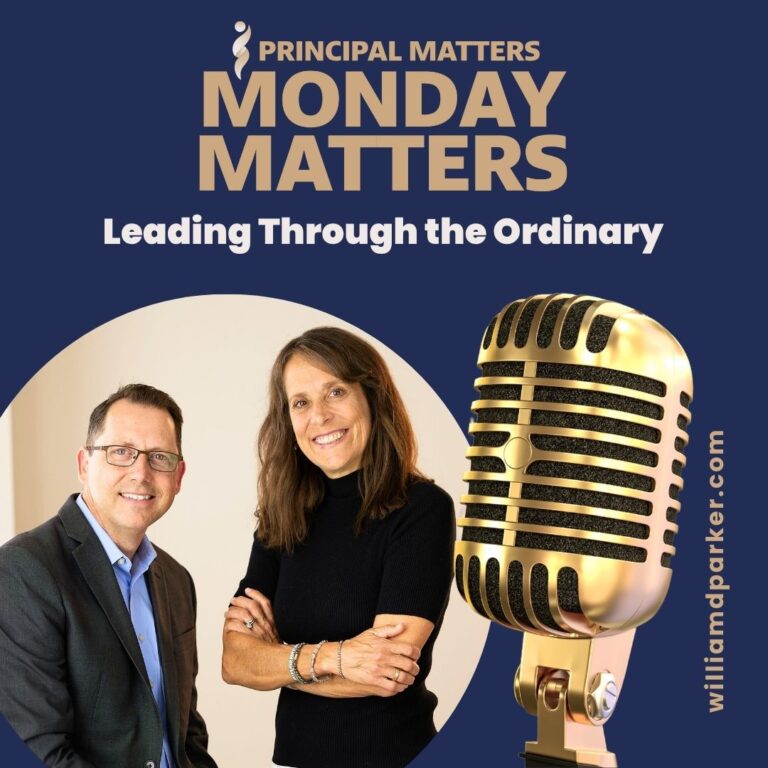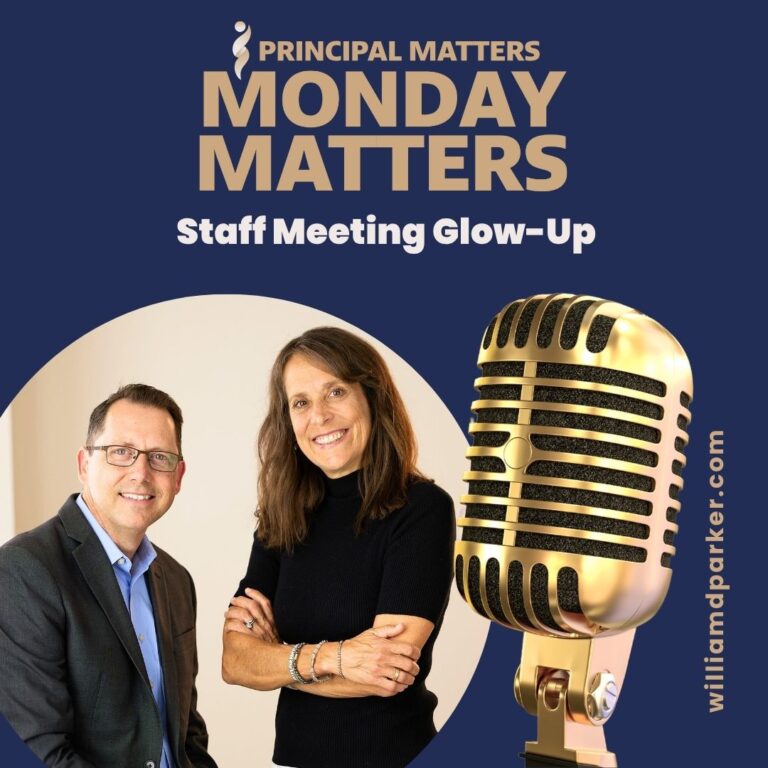Podcast: Play in new window | Download
When I was in high school and college, I spent a lot of time diving for shells in the lakes near my home in West Tennessee.

It wasn’t as glamorous as it sounds. Lake diving is work that requires you to spend a lot of time in depths too dark to see while crawling mud or sand searching for shells with your hands. It is also a job that requires relatively good navigation and communication, especially on windy or stormy days.
One day I was sitting in the boat with my dad after pulling a bag of shells up from a dive. We were sizing the shells, and the weather was so cold, we were both wearing diving hoods.
While we were emptying our bags, my dad handed me a mussel shell. It was a large 3-ridged shell that brought more on the market because of its size and quality. Diving regulations in Tennessee required measuring each shell by hand with a sizing-ring. If it didn’t meet the legal minimum size, a diver threw it back.
As he handed me the shell, I heard my dad say, “Waha wharrar!” I couldn’t make out his words because my ears were muffled by the diving hood, and I was too cold to take it off. I held the shell and gave him a questioning nod.
“Whah wharrar!” he said again.
I just sat there wondering what he was trying to tell me.
“Whah whararr, dararr!!” he exclaimed. And this time he angrily waved his arms.
So I just guessed he must be saying, “Throw it over board!” So I did.
Just then, he took off his hood and stared at me. I took off my hood and stared at him.
“What did you say?” I finally asked.
“I said, ‘Measure the shell for me’,” he said with a calm, quizzical look on his face.
We just sat and looked at each other. And then after a few seconds, we both began laughing.
Every time I think about that day, I think about how easy it is to be misunderstood—especially if you are not really in a position to listen well. And as school leaders, we can often think we are being understood while others may not be really hearing the message we are trying to communicate.
This may happen because they are not paying attention to the message, or it may be happening because we’re choosing the wrong ways to communicate.
3 Questions for Messaging with Teachers
In Week 2 of a webinar series I’m hosting on my new book, Messaging Matters: How to Inspire Teachers, Motivate Students, and Reach Communities, we explore three questions on how education leaders enhance communication with teachers:
1. What are the foundations for messaging with teachers?
2. How do you model messaging?
3. What are the frameworks for strong feedback?
Below is an outline of the discussion. Feel free to listen to podcast version for more explanation or watch the webinar video.
Part I: The 2 C’s: Culture, Collaboration, and Communication
Culture (Are you rowing the same boat together?)
- Begins in hiring process
- Cultivated in induction and training
- Encouraged and modeled throughout the year
Collaboration (Are you creating space for shared instruction?)
- Build time for collaboration
- Focus on essential learning standards
- Encourage teachers to grow
- Start a book club
- Provide time for teachers to meet (hire subs)
Communication (How are teachers also your customers?)
- Model visibility
- Meet before meetings
- Be friendly and helpful
- Be timely in response
- Provide reassurance even when you say no
- Regularly update
- Maintain an office environment like a good classroom
Now It’s Your Turn
What are your strengths or weaknesses in promoting 3 C’s?
How do you and your staff paddle together?
What is one step you can take to gather from input from your staff?
Part 2: Running Your School Like a Great Classroom & Teachers like Customers
- Developing “KRA’s
- Keep in mind the object of our service
- The attitude in completing the tasks
- The dignity and respect we show others in accomplishing our goals
- Model Behavior
- Beta-Testing Ideas
- Messaging includes
- Face-to-face meetings
- Collaboratively built models
- Debriefing for feedback
- Being a Goal Setter
- Being Professional
- Having a Good Attitude
- Remembering to Celebrate
Now It’s Your Turn
How can you work to define key responsibility areas for your team members?
Do you model the behaviors you expect?
In what ways can you make celebration of teachers a ritual?
Part 3: Frameworks for Providing Helpful Feedback
Swim Coach Example
Instructional Coaching Can Happen Even in Subjects You Don’t Teach
Learning is What Matters Most
Schedule in Advance
Provide Expectations – 20 Domains of TLE & Guiding Questions
Now It’s Your Turn
What are ways you set expectations and provide feedback regardless of subject?
Ask other administrators how they prioritize and schedule time in classrooms.
Let’s Wrap This Up
Just as I didn’t understand my father when my ears were covered by a diving hood, your team members may not be understanding you either unless you are committed to the foundations of good messaging. By committing to building trust and integrity in all the ways we message, you increase the opportunity of helping teachers reach students. And when your messages are built on integrity and trust, others will be a lot more open to listening.
Sign-Up For Free Updates and Ebook
When you enter your email address below, you will automatically receive my newest posts and a free Ebook, 8 Hats: Essential Roles for School Leaders. Let’s keep learning together!
Subscribe for free weekly updates and receive free e-book!
(function($) {window.fnames = new Array(); window.ftypes = new Array();fnames[0]=’EMAIL’;ftypes[0]=’email’;fnames[1]=’FNAME’;ftypes[1]=’text’;fnames[2]=’LNAME’;ftypes[2]=’text’;}(jQuery));var $mcj = jQuery.noConflict(true);
Principal Matters–The Book!

School leaders are very busy, so each of the twenty-four chapters is designed as a quick-read and followed with take-action questions for follow-up or reflection. If you want practical ideas on understanding your purpose, managing school teams, dealing with challenges, and leading with courage, action, motivation, and teamwork, go HERE to pick up a copy for you or your team.
Messaging Matters

Harness the power of messaging to create a culture of acknowledgment, respect, and celebration. Written specially for leaders, this title is divided into three parts, helping readers to maximize their role as chief communicators with students, teachers, and parents and community. Each chapter includes suggestions for using digital tools to enhance messaging and ends with reflection questions and practical next steps.




